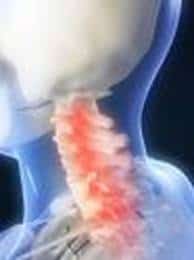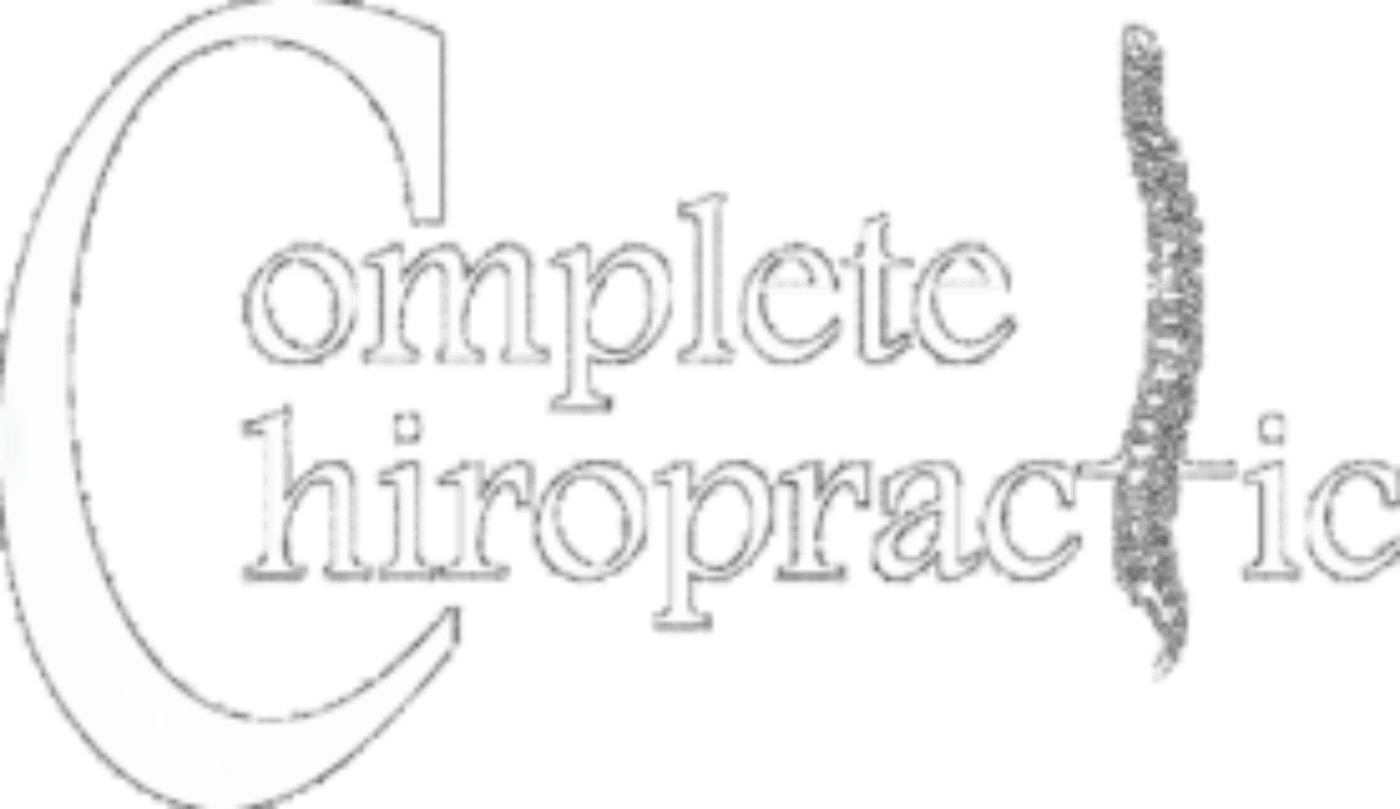 Here are some of the most typical causes of neck pain:
Here are some of the most typical causes of neck pain:
·Injury or Accidents – Sprains and Strains
·Arthritis
·Degenerative Disc Disease
·Poor Posture
·Obesity
·Weak Core musculature (Abs and back muscles)
·And others…
About your Neck
Your neck, also called the cervical spine, begins at the base of the skull and contains seven small vertebrae. Incredibly, the cervical spine supports the full weight of your head, which is on average about 12 pounds. While the cervical spine can move your head in nearly every direction, this flexibility makes the neck very susceptible to pain and injury.
The neck’s susceptibility to injury is due in part to biomechanics. Activities and events that affect cervical biomechanics include extended sitting, repetitive movement, accidents, falls and blows to the body or head, normal aging, and everyday wear and tear. Neck pain can be very bothersome, and it can have a variety of causes.
Chiropractic Care of Neck Pain
During your visit, we will perform a thorough examination to locate the source of your pain and will ask you questions about your current symptoms and remedies you may have already tried.
In the physical exam, we will observe your posture, range of motion, and physical condition, noting movement that causes pain. We will feel your spine, note its curvature and alignment, and feel for muscle spasm. A check of your shoulder area is also in order. During the neurological exam, your doctor may test your reflexes, muscle strength, and other nerve changes.
In some instances, we might order tests to help diagnose your condition. An x-ray can show narrowed disc space, fractures, bone spurs, or arthritis. A computerized axial tomography scan (a CT or CAT scan) or a magnetic resonance imaging test (an MRI) can show bulging discs and herniations. If nerve damage is suspected, we may order a special test called electromyography (an EMG) to measure how quickly your nerves respond. We will refer out to other healthcare professional, as necessary.
Neck Adjustments
A neck adjustment (also known as a cervical manipulation) is a precise procedure applied to the joints of the neck, usually by hand. A neck adjustment works to improve the mobility of the spine and to restore range of motion; it can also increase movement of the adjoining muscles. Patients typically notice an improved ability to turn and tilt the head, and a reduction of pain, soreness, and stiffness.
Question:
Why is there a popping sound when a joint is adjusted?
Adjustment of a joint may result in release of a gas bubble between the joints that makes a popping sound – it’s exactly the same as when you “crack” your knuckles. It is not painful. It is caused by the change of pressure within the joint resulting in gas bubbles being released.
Of course, we will develop a program of care that may combine more than one type of treatment, depending on your personal needs. In addition to manipulation, the treatment plan may include mobilization, massage or rehabilitative exercises, or something else.
Research Supporting Chiropractic Care
As part of the literature review, published in the March/April 2007 issue of the Journal of
Manipulative and Physiological Therapeutics, the researchers reviewed nine previously published trials and found “high-quality evidence” that patients with chronic neck pain showed significant pain-level improvements following spinal manipulation.
Is neck adjustment safe?
Yes, it is. The most recent research into the safety of neck adjustment confirms the safety of this procedure. Neck adjustment is performed well within the normal turning range of the head. There is less movement than it takes to look over your shoulder. It is skill – not strength – that is needed to perform a safe, effective adjustment. Most patients experience immediate relief following an adjustment, however, some may experience temporary pain, stiffness or slight swelling.
It is important for patients to understand the risks associated with some of the most common treatments for musculoskeletal pain — prescription and over-the-counter nonsteroidal anti-inflammatory drugs (NSAIDS) — as these treatments may carry risks significantly greater than those of chiropractic manipulation. According to a study from the American Journal of Gastroenterology, approximately one-third of all hospitalizations and deaths related to gastrointestinal bleeding can be attributed to the use of aspirin or NSAID painkillers like ibuprofen.
VBA stroke is a very rare event in the population. The increased risks of VBA stroke associated with chiropractic and PCP visits is likely due to patients with headache and neck pain from VBA dissection seeking care before their stroke. We found no evidence of excess risk of VBA stroke associated chiropractic care compared to primary care.
Cassidy J, et al. Risk of vertebrobasilar stroke and chiropractic care: results of a population-based case-control and case-crossover study. Spine 2008 February 15; 33(4 Suppl): S176–S183

Comments are closed.